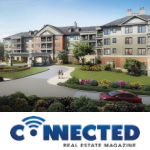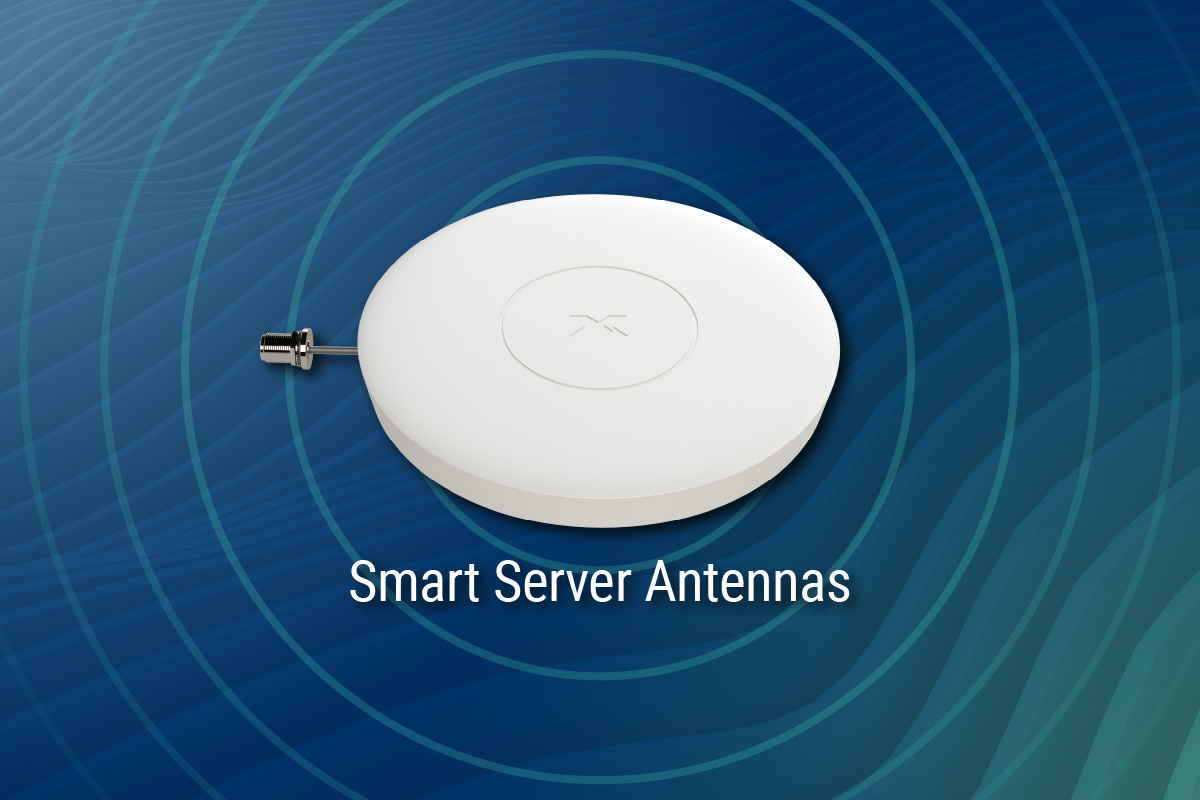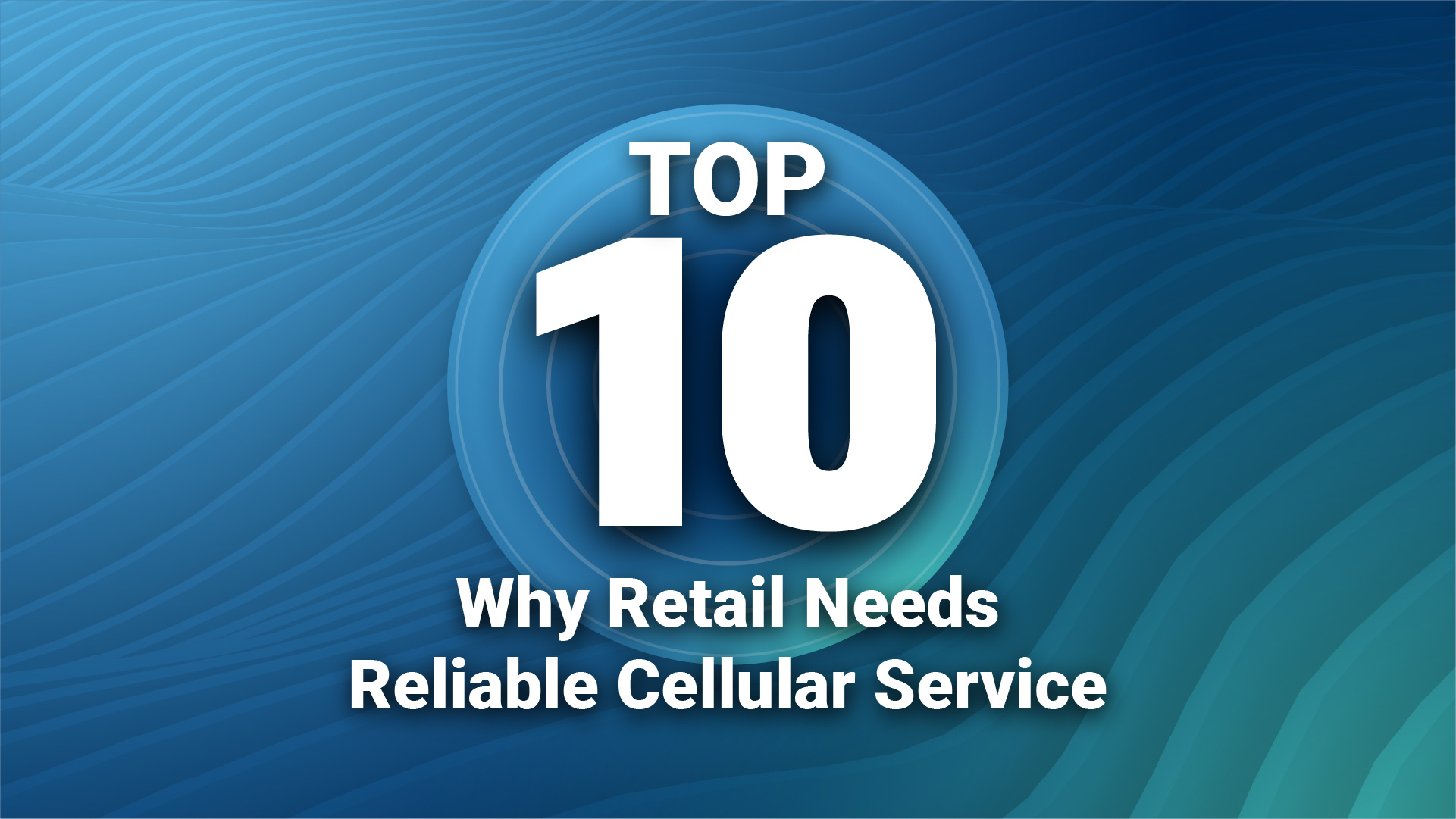Seniors are relying on cellphones more than ever. Research finds that 91% of adults 65+ in the U.S. own a cellphone. Often, older adults use cellphones for making doctors’ appointments, setting reminders, and even paying bills. But most importantly, cellphones keep them in touch with family, friends, and the outside world – especially during these extraordinary times.
With a growing number of older adults choosing to age in communities that can support their evolving needs, providing reliable in-building cellular coverage must be a priority for facility owners who want to serve and retain tenants from this demographic. In-building cellular coverage not only enables independent living in these communities, it can also affect the healthcare professionals working in these facilities who rely on coverage to respond to the needs of residents and their families.
This was the case with LifeSpire of Virginia, a premier provider of senior living services and amenities in the Commonwealth of Virginia, which had rebuilt a building at The Culpeper, one of its four continuing care retirement communities (CCRCs). The new building featured LEED materials, which made the facility very energy efficient; however, LEED is very anti-cellular friendly, according to Greg Miller, vice president, Sales, at Virginia-based MABC Technology Solutions.
Overcoming the challenge of a blocked cell signal
Located on a beautiful 100-acre campus, The Culpeper was also built into the side of a mountain and as a result, the two lower levels of the building were underground. Building materials, including low-E glass windows, combined with the partial underground location blocked cellular signals from entering the building, particularly on the two lower floors where nurses and certified nursing aids work around the clock. Resident apartments and amenities such as a gym are also located on those floors.
“Nursing staff could not use their cell phones to return calls from residents’ family members while out on the floor. The signal was so bad they had to wait until their break or after work,” says Robert E. Wilbanks, VP of Information Technology at LifeSpire of Virginia. “Some residents also had no cell service in their rooms at all. This left holes in coverage.”
To get a better signal into The Culpeper, MABC Technology Solutions chose to design a solution featuring CEL-FI QUATRA, an active DAS hybrid that delivers uniform in-building cellular coverage. QUATRA specifically addresses the challenges of poor voice quality, dropped calls, and areas of no cellular reception in large commercial buildings. Unlike analog boosters and passive DAS systems, QUATRA delivers a cellular signal that is up to 1000x stronger, offering a much larger coverage footprint.
It also uses category cabling with Power over Ethernet (PoE), so there is no need to install additional power outlets for the internal remote antennas.
LifeSpire had to improve cellular reception for AT&T and Verizon, which are the most widely-used wireless providers in The Culpeper. “Since CEL-FI QUATRA can be used in single or multi-carrier environments, we were able to deliver just what was needed,” says Miller. “With CEL-FI QUATRA, we were able to reduce some of the cost by coming in with only AT&T and Verizon. We also ran additional cable so the infrastructure is in place for amplification of Sprint or T-Mobile if they find out later that some of the residents or staff use those carriers.”
Previously, the emergency/distress button system at The Culpeper was limited to Wi-Fi only. “The cellular boost allows the phones to run on either Wi-Fi or cellular so our staff never miss an alert,” states Wilbanks. Residents can also use their cell phones in their apartments.
The installation took less than a week and a team of two people to complete. “CEL-FI QUATRA was simple to install and commission,” says David Midcap, engineer at MABC Technology Solutions. “Even getting the donor antennas up was easy. The area of the roof that we had to work with made it very easy to get the cabling into the building. Everything about it went perfectly.”
Upgrade provides big payback for active retirement living village
Sometimes, even upgrading an existing system can deliver a big return. Residents of River Landing, a North Carolina-based 55+ active retirement living village, and their visiting family members expected good cellular coverage in the independent-living facility which featured two- and three-bedroom apartments. But a system based on older technology that was installed approximately six years ago was not performing as required in a four-story, standalone building on the campus.
“At the time that the previous system was installed, everything was 3G technology. The system worked well at the time because cell phones were different and antennas may have been better in the phones. People weren’t really using their phones for data at that time, they were using them for making phone calls,” explains Steve Klingensmith, President of VAST Signal Booster Solutions, a NC-based integrator with expertise in consulting, designing, and installing signal booster solutions.
“As people’s needs changed, and carriers moved to voice over LTE technology, the old system just wasn’t strong enough to penetrate into all of the apartments the way it needed to for phones to be usable,” he adds.
VAST Signal Booster Solutions designed a solution featuring CEL-FI QUATRA to bring reliable cellular coverage into the independent-living facility’s 56 apartments, where each floor is 25,000 square feet.
“By going in and installing the CEL-FI QUATRA system, we were able to get up to 100 dB gain versus the 70 dB gain with the previous system,” says Klingensmith. “Plus, now that it’s an all-digital system, the data’s transmitting at a much higher rate, and it’s propagating further into the apartment building, as well as into individual apartments.”
It took the three-person team from VAST Signal Booster Solutions four days to complete the installation, including running the cable. Now, residents and their visiting family members can get a reliable cellular signal no matter where they are in the building. The cellular signal can even penetrate into the elevator because of where the antennas were placed, according to Klingensmith.
“There are antennas outside of the elevators, so when someone’s in the elevator, they can still maintain their call if they’re going between floors,” he explains. ”Also, the building has dropped ceilings so the antennas just blend in with whatever they have in the ceilings, whether it’s Wi-Fi access points, fire alarms, or smoke detectors.”
Seniors and their families have come to expect reliable in-building cellular coverage in senior community facilities. Don’t let poor in-building cellular coverage cost you valuable residents, particularly during such uncertain times. CEL-FI products provide the most advanced technology for improving in-building cellular coverage. Learn more about CEL-FI QUATRA at: https://nextivityinc.com/quatra/whitepaper/
A version of this article was originally published by Connected Real Estate Magazine




